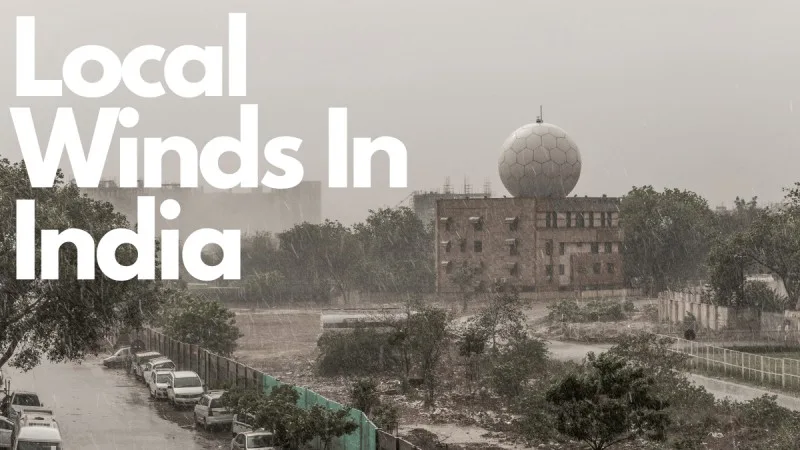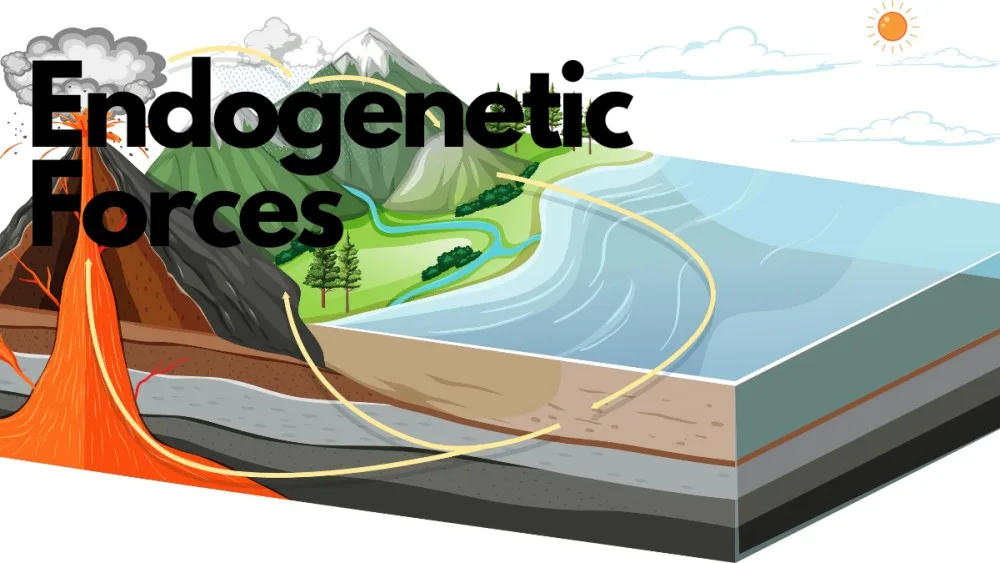6 Planetary Winds: A Crucial Element of Radiant Atmospheric Circulation
Introduction Planetary Winds: Planetary winds, also known as the global wind system or the atmospheric circulation, are large-scale wind patterns that occur on a global scale and play a crucial role in shaping Earth’s climate and weather. these winds are driven by the differential heating of the earth’s surface by the sun and the rotation … Read more










